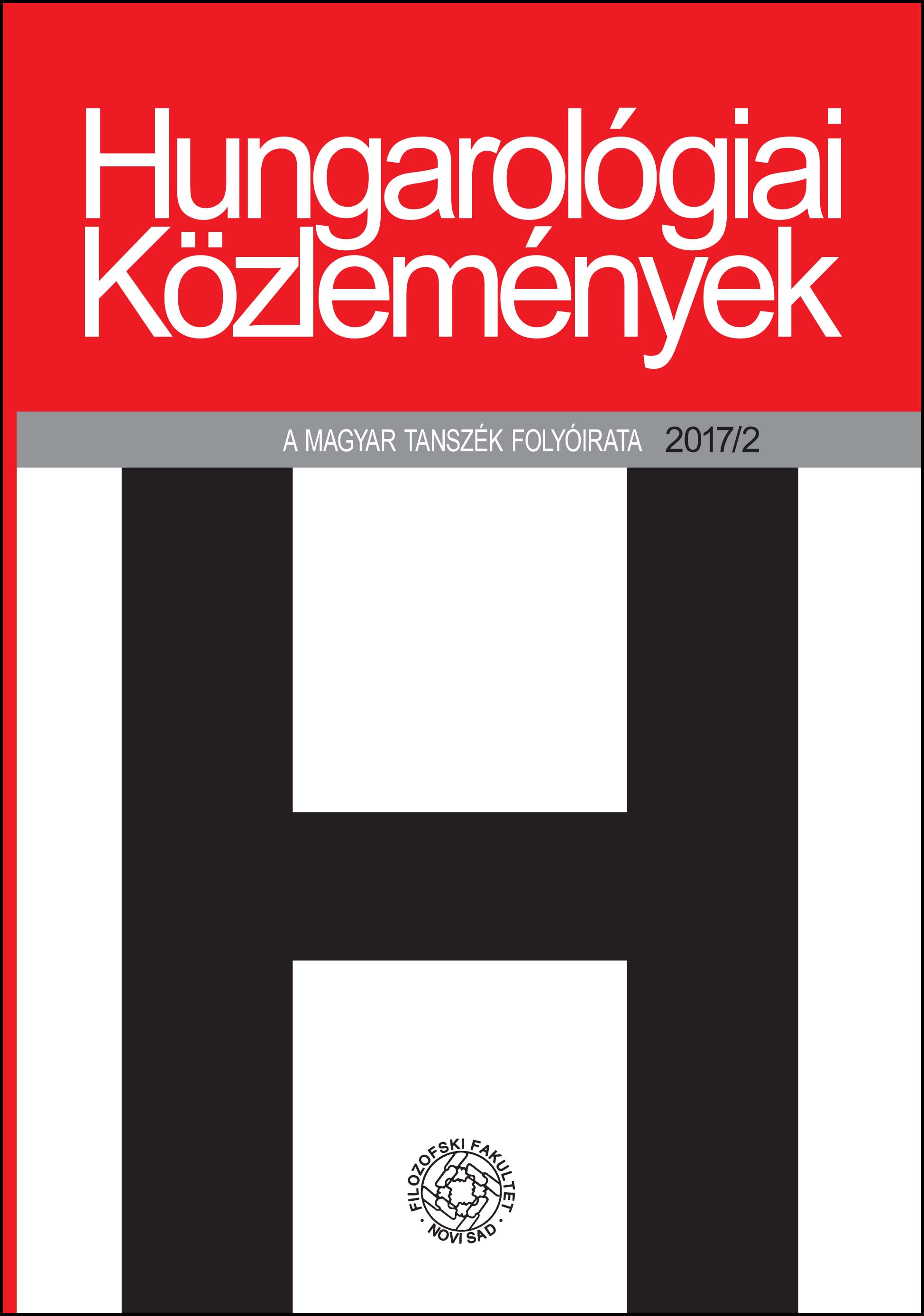CSANTAVÉRI HIEDELEMKÖZLÉSEK
Folk Beliefs in Csantavér
Author(s): Irén LánczSubject(s): Finno-Ugrian studies
Published by: Филозофски факултет, Универзитет у Новом Саду
Keywords: beliefs; correlation; opposition; grammatical structure
Summary/Abstract: In Olga Penavin’s legacy there are 480 folk beliefs compiled in Csantavér. They were collected from 85 informants by 28 primary school pupils in 1960. These beliefs are presented from the aspect of ethnography, semiotics and lingvistics in this presentation. Some of them are regulations and advices about magical processes, but most of them are connected to procedures in everday life. They can also appear in form of prohibitions. These refer to the things one must not do because of certain consequences. Prohibitions can also be grouped. Some convey ominous signs of death and other prophecy signs. The messages reflect the beliefs of a community. A semiotic approach can show the correlation between the relevant elements (for example: witch – whirlwind, witch – threshold, rubbish), their opposition (woman – man, right – left) and their semiotic web. These statements and prohibitions have specific forms of sentence structure. The linguistic analysis takes account of the specific sentence structures, the morphological characteristics of the words and the semantic markers.
Journal: Hungarológiai Közlemények
- Issue Year: 18/2017
- Issue No: 2
- Page Range: 115-131
- Page Count: 17
- Language: Hungarian

